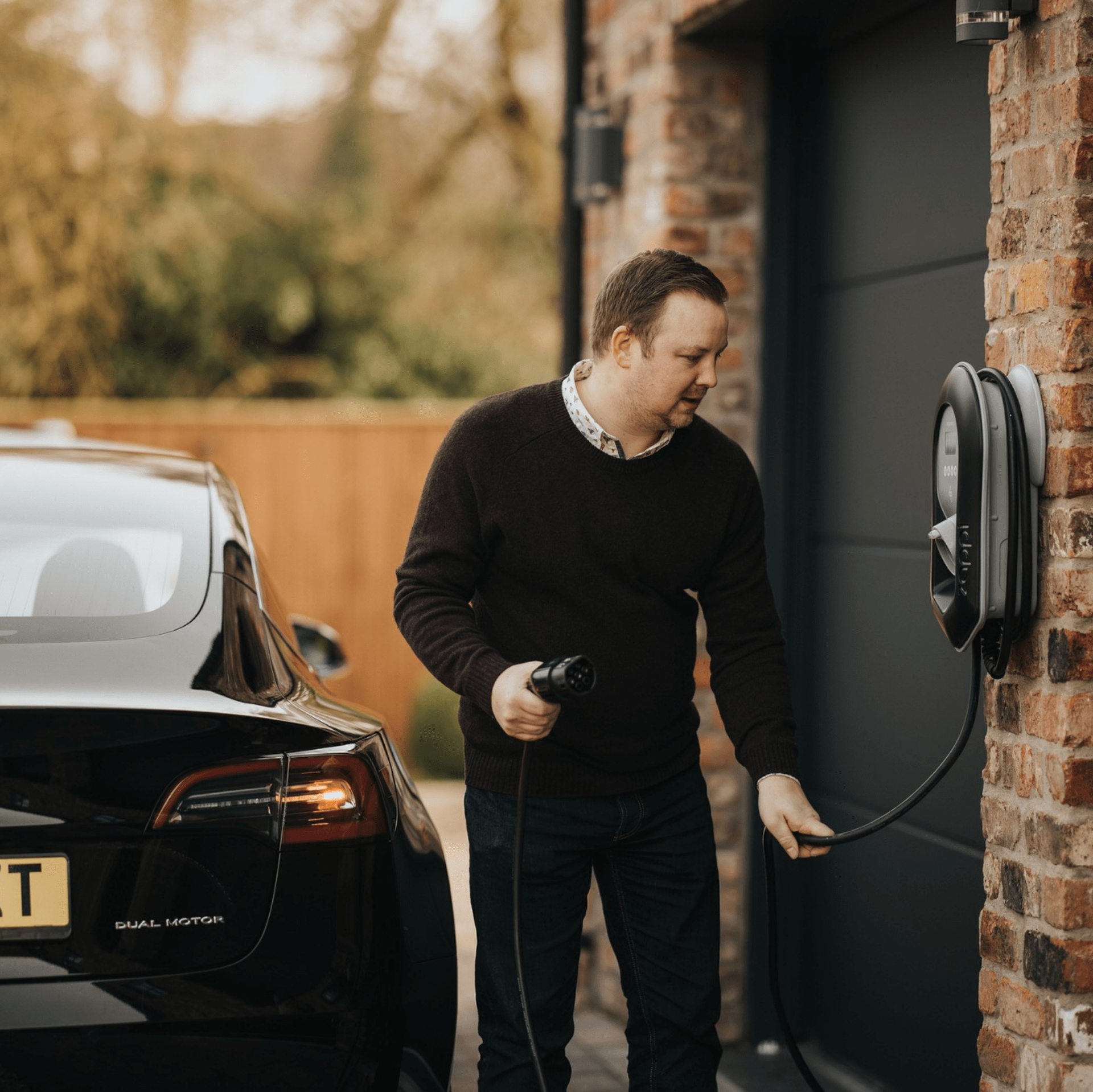Smart charge point regulations explained

EV charging has changed
On 30th June 2022 the way we charge electric vehicles changed.
That’s when The Electric Vehicles Smart Charge Point Regulations 2021 came into force (catchy title isn’t it!).
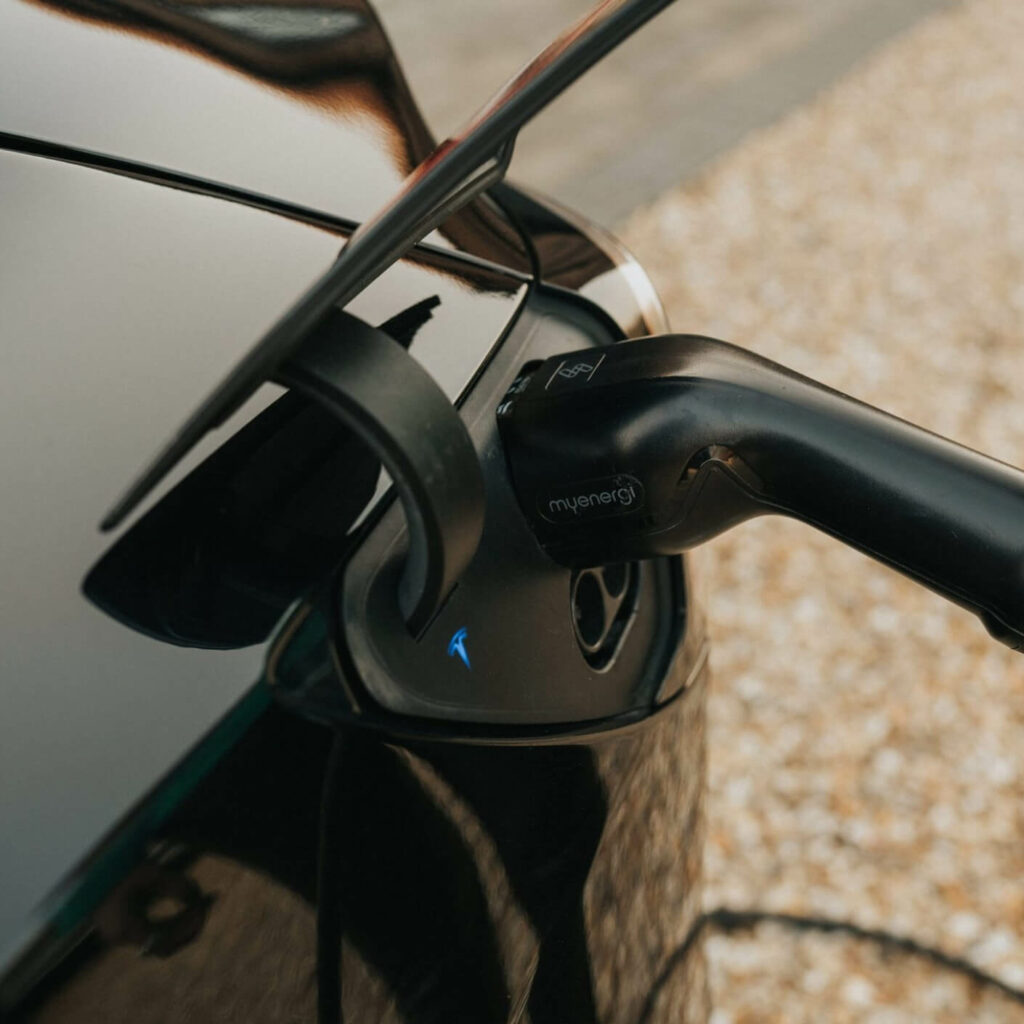
Hang on. Don’t you just plug in and charge?
Well, in theory, yes. Charging your EV at home or work is really simple – although you can charge from a standard (13A) socket – you ideally need to have a suitable charge point installed for topping up your battery.
Currently charge points simply need to be ‘internet connected’ – which often means some nice visual tools in a mobile app – with some charge points also allowing you to set schedules so that you charge overnight when the electricity prices from some energy suppliers are lower.
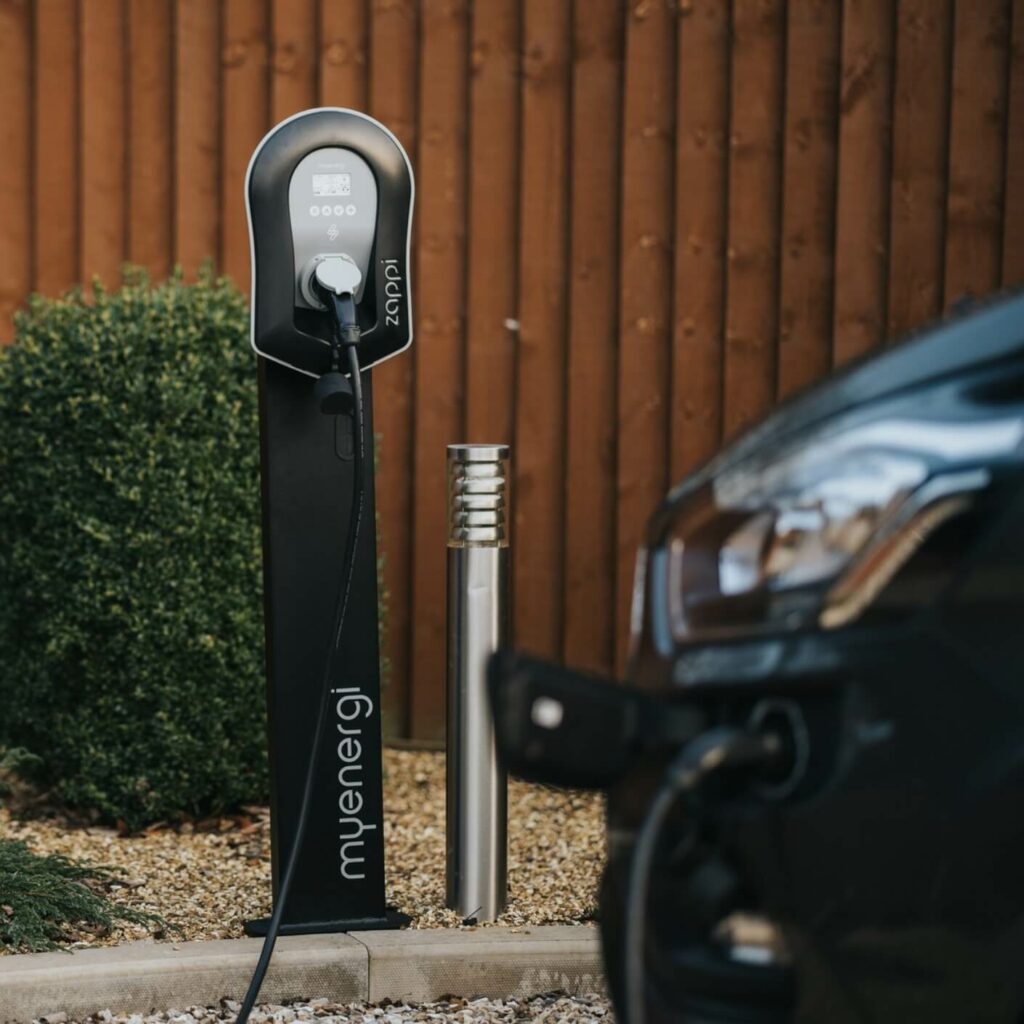
Great for EV drivers, but what happens if every EV starts charging at the same time?
There are lots of people who enjoy spreading doom and gloom about EVs and the electricity supply.
According to the National Grid who manage the electricity transmission network, there’s plenty of capacity to meet the future electricity demand – but not if everyone charges at the same time. That’s the what the new smart charge point regulations are aiming to solve.
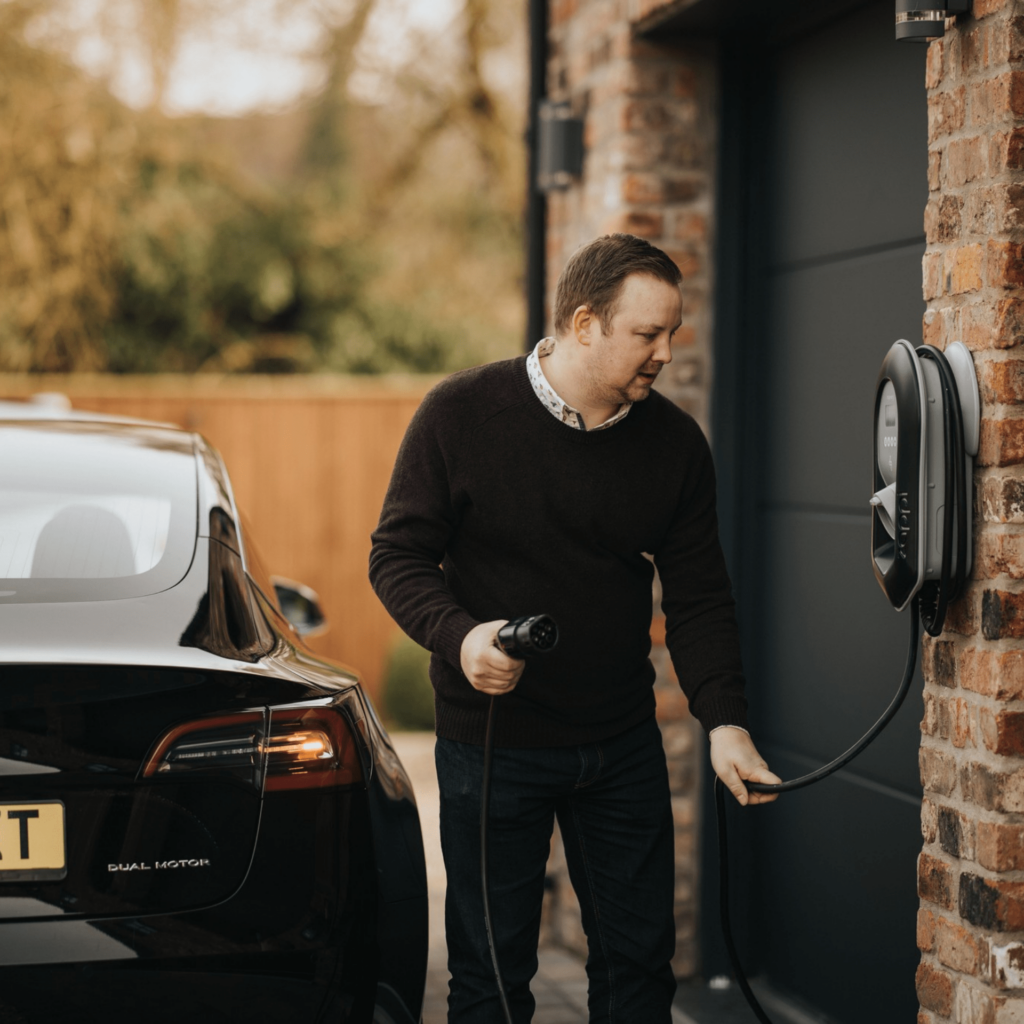
How does the Electricity Grid work?
Although it’s now possible to buy batteries for your home (and of course an EV is just a big battery on wheels) it’s very difficult and expensive to store the vast amounts of energy supplied through the electricity network.
Instead the grid works by continuously balancing the amount of electricity generated by power stations, wind turbines and solar panels to match the total electricity demand at the same time.
If the demand goes up then more generation needs to be turned on. National Grid also have the option to ask customers to reduce their load – something called a “Demand Response Service”.
Smart charge point regulations
The problem we could face with EV charging is that if everyone starts to charge at the same time (ie. at the start of a low price electricity tariff) then the increase in demand will be too quick for the generators to respond… in the extreme case that could lead to power cuts. This becomes even trickier as our grid decarbonises – more renewable electricity generated means we can’t easily switch on more generators, and instead we need to be more intelligent with how we use power.
No wonder the Government are paying attention!
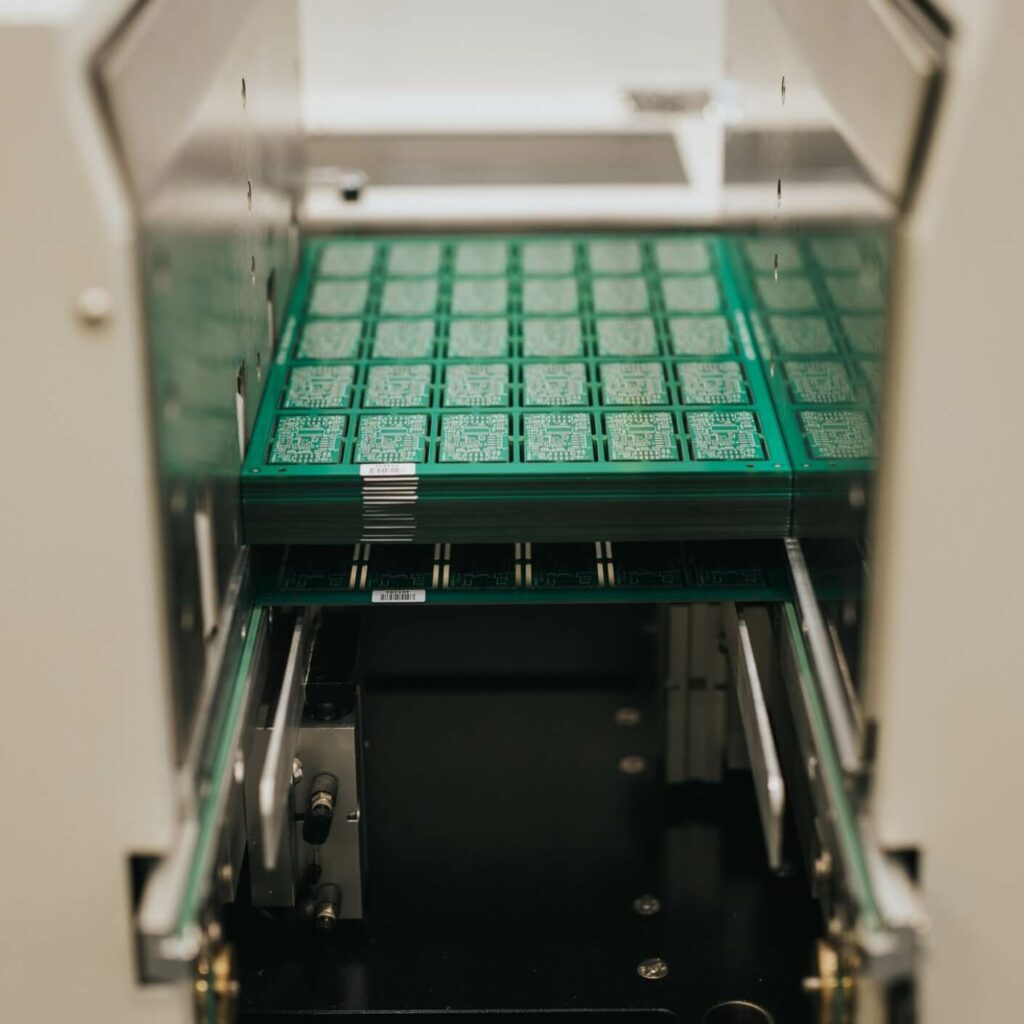
How do the new charge point regulations help?
Along with some provisions around cyber security and the protection of customer data, the smart charge point regulations introduce three new requirements:
- Default off-peak charging
- A random delay at the start and end of the charge
- Steps to promote customers to sign up to Demand Response Services

Optimum charging
New charge points will be set up so that the EV charges at the best time for the electricity network. The peak demand – or rush-hour periods on the grid – happen in the morning and late afternoon, so by default EVs will only charge overnight or during the middle of the day. myenergi zappi’s will be set to charge in off-peak hours by default (00:00—08:00). That’s good for the grid and better for the environment (as generation tends to produce more CO2 during the peak periods as we rely more on gas fired power stations at these times).
If you’re used to your EV charging as soon as you plug it in, or you’re desperate for a charge, then you can override these settings, but the intention of the new smart charge point regulations is to encourage more EV charging at the off peak times.
From June 30th, every new EV charger that is sold will have to include a ‘random delay’ of up to 10 minutes every time an EV starts to charge.
It’s also going have an effect on anyone using a low price tariff; let’s say that the tariff runs from 00:30 to 04:30am. Instead of starting to charge at 00:30, the EV might not start charging until 00:40 which means the customer has lost out on a few minutes of low rate electricity. Similarly, the charge may not stop until 04:40 – so that’s 10 minutes of charging at the higher electricity tariff.
This is not a huge cost on a single daily charge, and hopefully most EV drivers will consider this a small price to pay to keep the lights on, but it’s important that we explain these new changes to avoid confusion. We’re sure there will be plenty of calls late this year to the myenergi Technical Support Team from new EV drivers when they can’t understand why their car is not charging when they expect it to.
We’ll be making sure that there’s a message in the myenergi app when the random delay is active, to help provide some extra peace of mind.
Demand Response Services using domestic loads are quite rare. myenergi were part of the “FRED” trial which was one of the first to demonstrate how EV’s could be used on large scale to balance the grid.
The Government have recognised that with millions of EV’s all plugged into the grid that we have huge battery that can be used to help balance the generation – but that won’t work if there’s a 10 minute delay every time National Grid need to call on that reserve. Operators in the energy system, including distribution networks and energy suppliers also have the option to ask customers to change the time or rate of their charge – something called “Demand Side Response Services”
That is why any EV charger that’s providing Demand Side Response Services will be excluded from the 10-minute delay. Again, there’s a lot to do to explain these new services to EV drivers so they are happy to sign up and pass (some) control of their charging to a third party. However this is an important step towards the smart, green electricity grid.
We’re working hard figuring out how to deliver these important services to all myenergi customers.
Frequently asked questions
Randomised Delay

